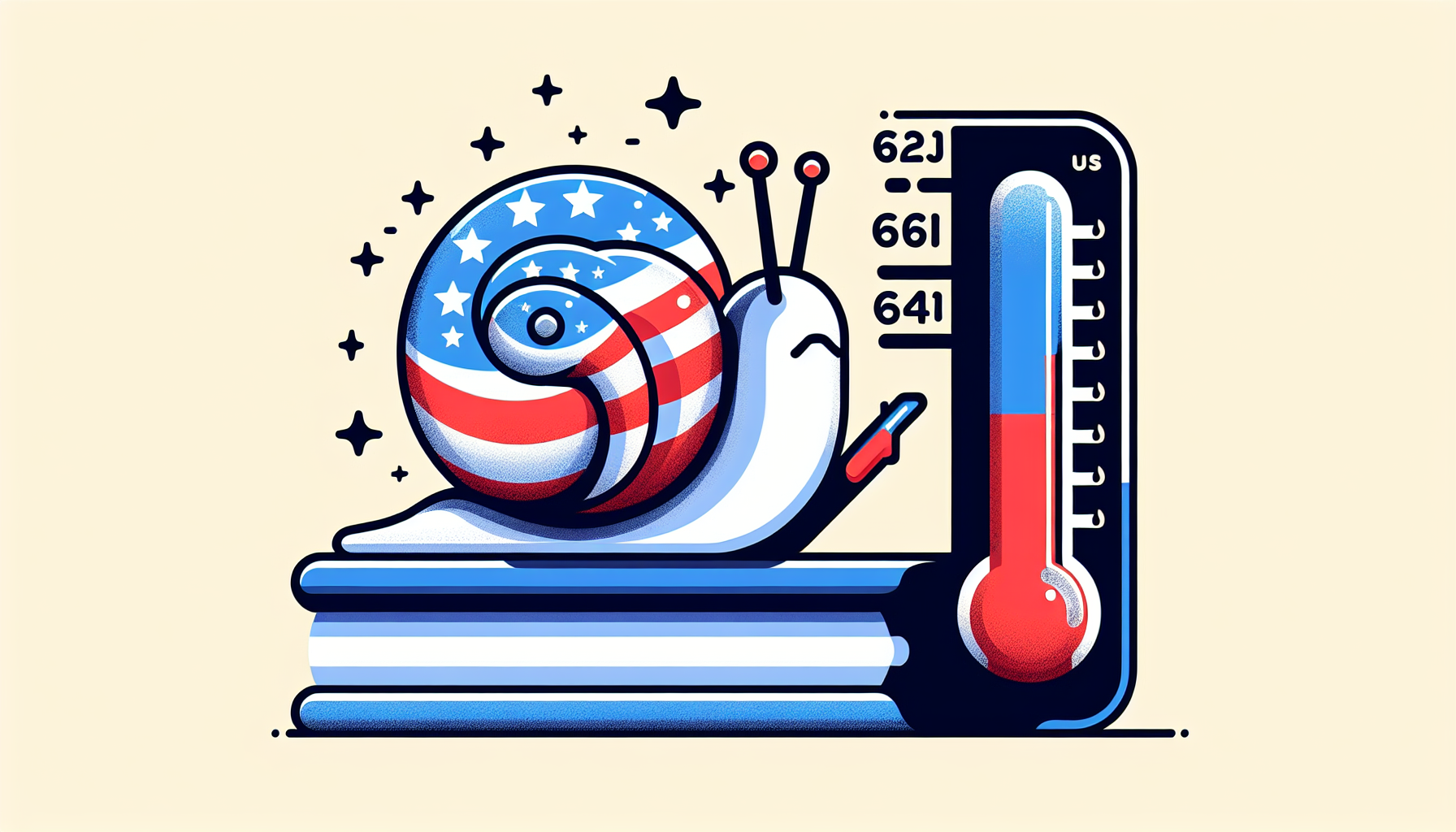According to a recent report from the Commerce Department, US economic growth slowed down significantly last quarter with GDP increasing at just 1.6%, which is lower than the forecasted 2.4%. This represents a sharp decline from the previous quarter’s 3.4% expansion. The disappointing GDP data is accompanied by a persistently high Personal Consumption Expenditure (PCE) inflation rate, indicating ongoing inflationary pressures.
This poses challenges for the Federal Reserve in making monetary policy decisions. As a result of this, market reactions were swift, with S&P 500 futures dropping 1.27% and yields on US 10-year and two-year bonds rising to 4.721% and 5.012% respectively. Additionally, the dollar slightly strengthened.
For markets, investors are facing a delicate balance between growth and inflation. Slow economic growth combined with high inflation may lead to changes in investment strategies, particularly in the bond markets where yields are sensitive to economic indicators.
In a broader context, experts from organizations like Fitch, Spartan Capital Securities, and Independent Advisor Alliance are highlighting the critical juncture in economic policy. The current conditions of slow growth and high inflation could push the Federal Reserve to adjust its monetary policy tactics, potentially impacting consumer spending and business investments on a larger scale

